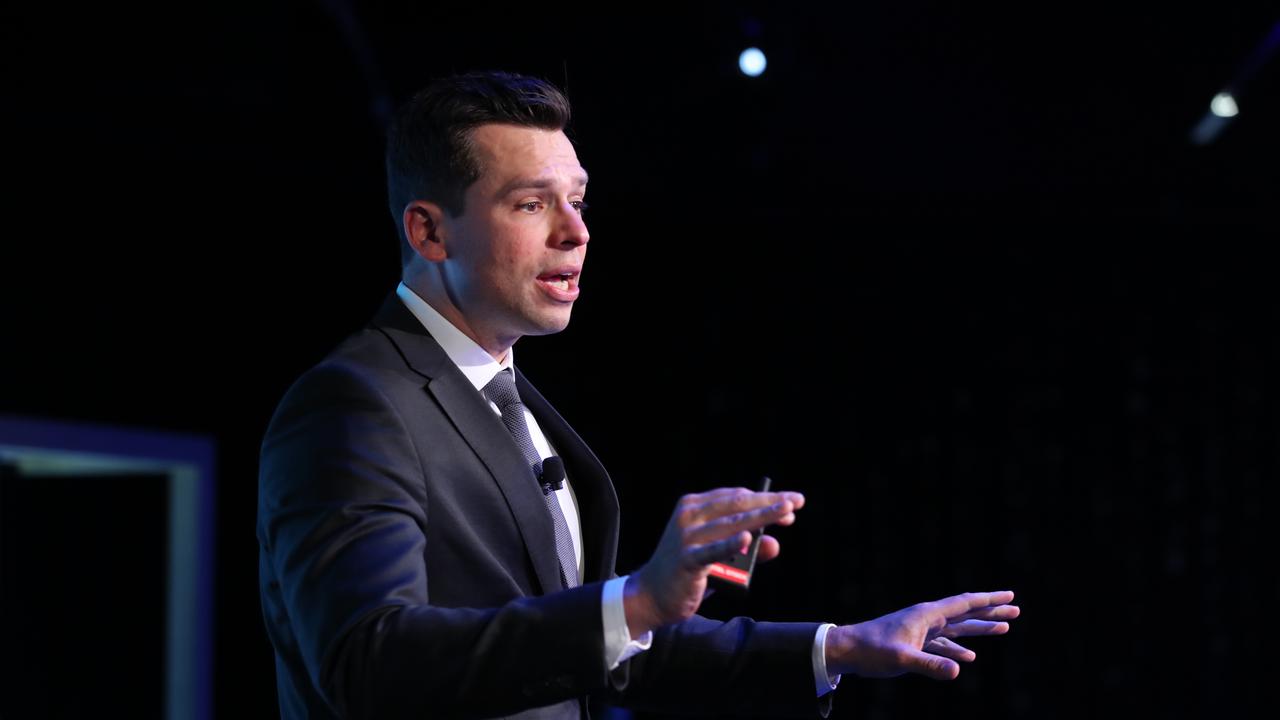Future Geelong 2023: Demographer Simon Kuestenmacher predicts Geelong with mid-rise houses, more density
It’s ‘inevitable’ Geelong’s urban landscape will change as city continues to grow, says demographer. Here is how.

Let’s travel to the future today. Come with me to 2047.
The year 2047 is to the future what 1999 is to the past. Everyone over 30 remembers 1999. The Holden Commodore was Australia’s best-selling car, you called your friends on an indestructible Nokia 3210, half of you owned a clunky computer, and a quarter of you had access to the internet at home and even did some online shopping already.
What will Geelong look and feel like by 2047? Looking back at 1999, we quickly realise that while technology has changed, while the city grew from 189,000 people to 283,000 today, while major structural changes shook the city, many things remained. Big parts of 2047 will look like 2023.
Tradies in 1999, in 2023, as well as in 2047 climb into their utes and drive to different job sites. That stays the same. Details change. The tradies of 2047 might well travel in self-driving electric utes and use much smarter technology to optimise their work.
Over the past 24 years, Geelong added 3,900 people every year. Things are going to speed up now. Buckle up. Growth of 6,300 people per annum will be the norm. The city will grow 60 per cent faster than you’ve gotten used to.
Wait a second, why is Geelong growing? Wasn’t this meant to become a post-industrial wasteland after the car factories closed? Geelong lost 3,600 jobs in manufacturing between 1999 and today. Real jobs, real workers, real pain. However, the past 24 years weren’t marked by economic decline. For every job that the manufacturing industry lost, other industries created 26 new ones. That ratio is much higher than the national average of about 14:1.

Like everywhere in an ageing country, healthcare jobs grew the fastest, followed by construction jobs. That was to be expected. The surprise was how many professional service and education jobs settled in Geelong. Being a marginal seat helped to secure attractive government offices, but Geelong increasingly became a location of choice for all types of knowledge workers. As Australia transformed itself from an industrial economy to a service economy, so did its premier industrial cities.
The destiny of Geelong is always connected to Melbourne. As Melbourne became increasingly unaffordable, more young families were priced out of the market and moved to the (relatively) more affordable suburbs of Geelong. Usually regional centres loose young adults to the big cities. Not so Geelong. The city grew its population base in their 20s and 30s. That’s the power of attracting students, having affordable housing, and providing access to the lifestyle coast.
During the pandemic, Geelong’s biggest employers saw their Melbourne-based Millennial workforce permanently resettle to the west. Geelong became a destination in its own right.
So far, so boring. You know all about the past anyways. What will the next 24 years look like?
Geelong will grow, continue its transition towards a knowledge city, stumble its way towards a new, post-automotive identity and branding. Major changes to the city’s urban form are inevitable.
Where will the additional 152,000 people live? Simply bulldozing more land past Armstrong Creek until Geelong merges with Torquay surely isn’t the answer. A Geelong of 435,000 residents will need to densify. Medium density developments will become the norm. After years of NIMBYism locals across the city will slowly come to terms with the changed urban form.

Central Geelong won’t look like New York, but four-to-six-storey buildings will become the norm in many active centres – A Geelong of European scale if you will. That’s a good thing as this ultimately keeps housing and infrastructure costs down. Affordable housing is crucial in attracting enough aged care workers for the ageing population. By adding adequate housing stock, Geelong continues to be the location of choice for young families. These are people in their prime spending years. Retail, education, and property will boom. Apartments will become a common sight in central Geelong, a smart active transport strategy (relying on walking and cycling in combination with public transport) will allow many residents to live a mostly car-free life. This frees up roads for car users and keeps traffic manageable.
The key challenge for Geelong is to speak with one voice to state and federal government. A community that is clear about its future direction can articulate their infrastructure needs and secure funding. The public discussion about what Geelong should look like in the future must start now and active participation of as many community members as possible is crucial.
I don’t know what the best-selling car or phone might be in 2047 but I am certain that Geelong will then have received a major facelift, established strong post-automotive branding, and will continue to be the destination of choice for young families in Victoria.
Don’t bet against Geelong (neither in urban planning nor the AFL).
More Coverage
Originally published as Future Geelong 2023: Demographer Simon Kuestenmacher predicts Geelong with mid-rise houses, more density





